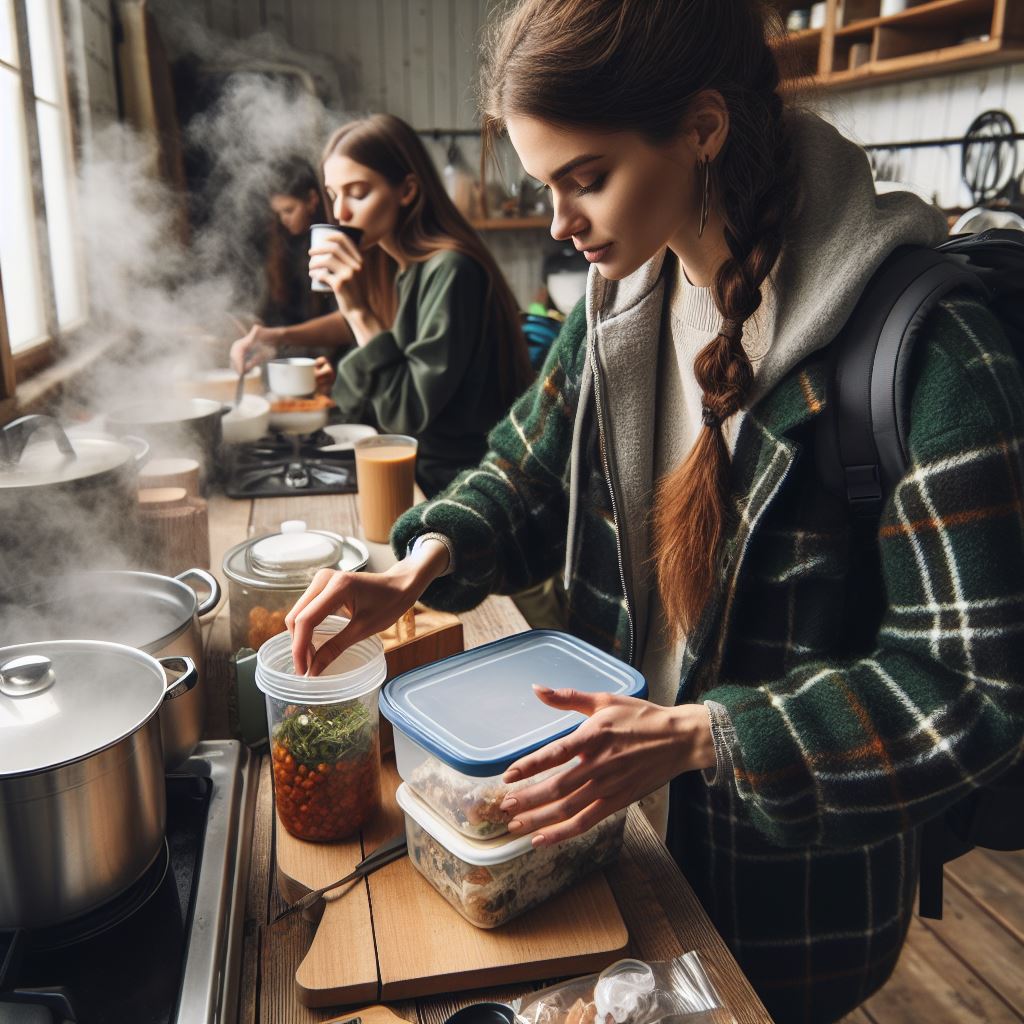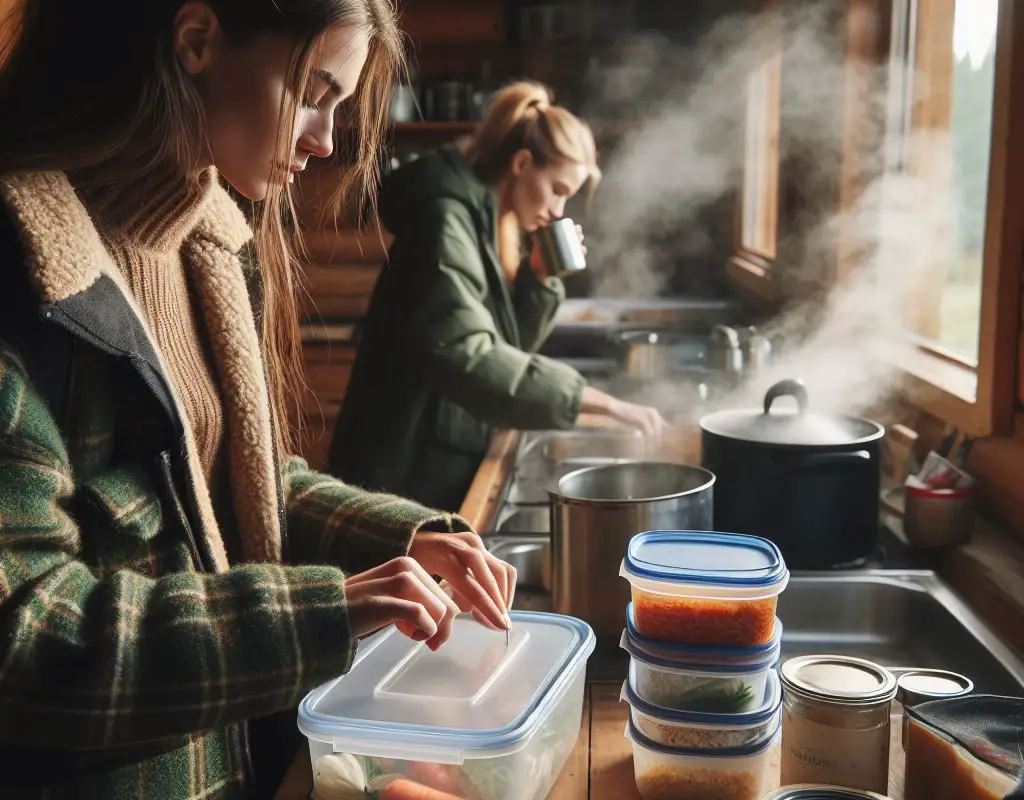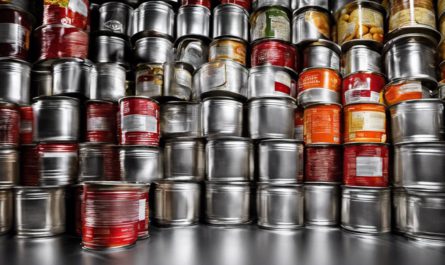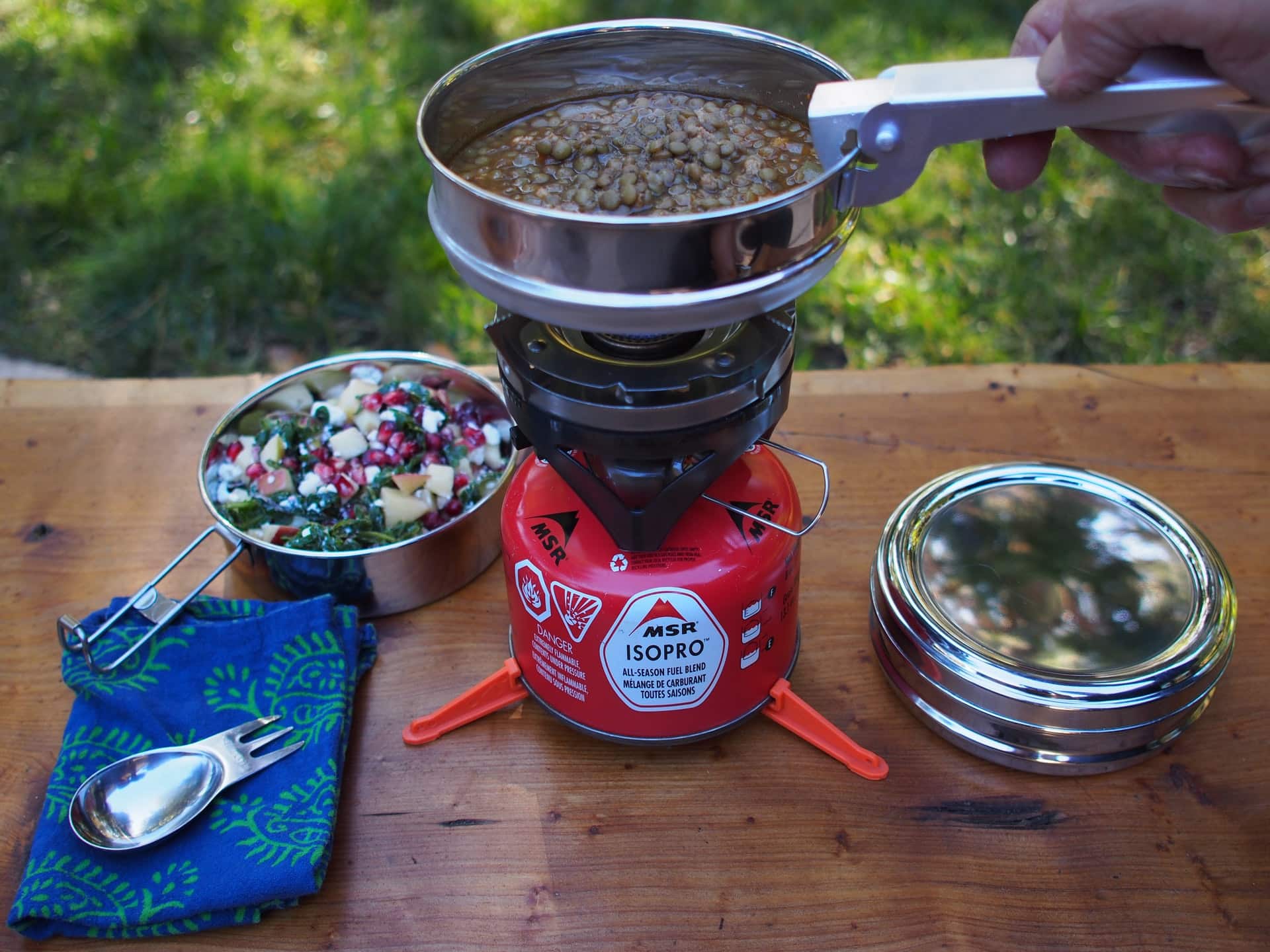In the bustling world of today, with an increasing need for sustainable, reliable, and safe food storage options, it’s imperative for consumers to be well-informed about food containers. From the humble plastic containers to the nifty metal variants, they’re all indispensable components of our daily routines. However, it’s not just about packing meals but about knowing the ins-and-outs of these containers. This includes an understanding of their qualities, potential implications on health and the environment, and the nuances of maintenance and care. Thus, knowing about the universe of food containers not only makes life easier but also benefits our health and the planet.
Table of Contents
Types of Food Containers

Plastic Food Containers
Plastic food containers are commonly used in households for their convenience and affordability. They typically come in a variety of sizes and shapes to accommodate different types of foods. Some plastic containers are microwave safe, which makes reheating leftovers a simple process. However, when choosing plastic containers, it’s essential to ensure they’re labeled as BPA-free. BPA is a potentially harmful chemical that can seep into food, especially when the container is heated.
Glass Food Containers
Glass food containers are another popular choice thanks to their durability and non-porous nature, which prevents them from absorbing food and odors. These containers are generally safe to use in microwaves, ovens, fridges, and freezers, making them very versatile. However, they are heavier than plastic containers and can break if dropped. High-end glass containers often come with airtight lids to help preserve food freshness.
Metal Food Containers
Metal food containers like tins and stainless steel containers are often used for packing lunches or storing dry goods like grains or pasta. They are known for their strength and long-lasting nature, and they are less likely to retain odors. However, they cannot be microwaved and can sometimes give food a metallic taste.
Sustainable Food Containers
Sustainable (or eco-friendly) food containers are becoming increasingly popular due to a growing awareness of environmental issues. These can be made from a range of materials, including bamboo, recycled plastic, or compostable materials. They are designed to be durable and re-used many times, reducing waste in the long term. These containers often have lids made from silicone or other sealable materials to keep food fresh.
Vacuum-Seal Food Containers
Designed to extend the shelf life of stored food, vacuum-seal containers are an excellent option for those who frequently bulk-buy or meal prep. These containers work by removing air from the container before sealing it. This helps to slow down the growth of bacteria and preserve the food’s freshness for longer. Such containers are made from a variety of materials, including glass and BPA-free plastic.
Insulated Food Containers
The primary appeal of insulated food containers, also referred to as thermal food containers, lies in their capability to maintain food temperatures for extended periods. Constructed primarily from stainless steel and designed with a vacuum layer for insulation, these containers are ideal companions for picnics, long trips, or camping adventures. They are usually airtight and leak-proof, providing secure transport for your food. However, their insulation properties exclude them from being used in microwaves.
Quality and Durability of Food Containers

Durability of Different Container Materials
The durability of food containers bears significant importance as it reflects how well the container can withstand regular use. Glass containers, known for their solid construction, resist scratches, stains, and odors efficaciously. Their ability to withstand high heat levels makes them optimal for microwave usage. Yet, their vulnerability to shattering on impact necessitates careful handling.
In comparison, plastic food containers provide a lighter and more user-friendly alternative. They are especially handy for fridge storage or meal prep transportation. However, they can become discolored or warped upon heat exposure, limiting their durability. Stainless steel containers, celebrated for their robustness and longevity, fall short when it boils down to microwave compatibility due to their inherent heat conduction.
Leak Resistance of Food Containers
One of the key factors for food containers is their leak resistance. Containers with tight-fitting and secure lids are essential for storing liquids or saucy meals. Look for containers with snap-on lids, rubber or silicone seals, and locking mechanisms to ensure no leakage if the container is jostled inside a lunch box or tips over. Glass containers tend to excel in this regard as they often come equipped with airtight lids.
Microwavability of Food Containers
Microwavable food containers are a go-to option for those who regularly reheat meals. While most glass and plastic containers are microwavable, it’s important to read product descriptions carefully as not all products are safe to use in a microwave or oven. Some plastic containers might release harmful chemicals when heated, and metal containers can cause a fire or destroy your microwave. Therefore, it’s crucial to ensure the microwavability of a food container before purchase.
Longevity of Food Containers
The longevity of food containers largely depends on their construction materials and how you use and care for them. Glass containers are inherently long-lasting, provided they are not dropped or subject to stark temperature changes. Like glass, stainless steel containers are highly durable and resistant to scratches and stains. Plastic containers, while initially robust, may degrade more quickly due to heat, stains, or odors, especially if used frequently in a microwave or dishwasher.
Making a Wise Choice in Food Containers
When it comes to choosing food containers, one must take into account their personal lifestyle and needs. For those who find themselves heating meals frequently, microwavable glass containers can be an excellent choice. Meanwhile, if your routine involves transporting meals to work or school, containers made of lightweight but durable plastic or stainless steel with leak-proof lids may be more suitable. Other factors to consider include the container’s size, shape, and how well it stacks for straightforward storage. Ultimately, the perfect food container should deliver a balance of robustness, functionality, safety, and ease of use.
Health and Environment Impact

Assessing Health Implications of Container Material
Food container material plays a significant role when it comes to health safety. Some plastic containers, for instance, contain Bisphenol A (BPA) and Phthalates, two substances that may leach into your food or drink, potentially resulting in health risks. These risks can range from disrupting your endocrine system to increasing the likelihood of certain types of cancers, and even developmental concerns in children.
In a similar vein, aluminum food containers have been linked with potential health risks. There have been studies suggesting a correlation between exposure to aluminum and the onset of Alzheimer’s disease. Furthermore, when acidic or salty foods come into contact with aluminum containers, it’s possible for the aluminum to get transferred into the food, which not only leaves a metallic taste but might be harmful to health as well. In light of such concerns, a growing number of people are steering clear of these traditional containers in favor of safer alternatives.
Environmental Impact of Food Containers
The environmental impact of food containers is another vital factor to consider. The production of plastic containers consumes an enormous amount of fossil fuels and contributes significantly to global warming. Also, plastic containers continue to be a significant pollutant, finding their way into oceans and harming marine life, or taking hundreds of years to decompose in landfills.
Aluminum containers, while recyclable, require a significant amount of energy for their production, adding to their environmental footprint. However, unlike plastic, aluminum can be recycled indefinitely without losing its quality, which somewhat mitigates its environmental impact.
Eco-friendly Container Options
Recently, food containers made from more sustainable and health-friendly materials have become popular. Glass containers are an excellent alternative, as they do not contain any harmful chemicals and are entirely recyclable. Glass poses no health risks, and it can safely go from the freezer to the oven without breaking or releasing harmful chemicals.
Stainless steel is another healthy and eco-friendly option for food storage. While more expensive than plastic, stainless steel containers are long-lasting, durable, and do not leach any chemicals into food.
Biodegradable containers are another environmentally-friendly option. These containers, often made from bagasse (a byproduct of sugarcane processing), decompose naturally in a short amount of time, helping to reduce the impact on our landfills.
Picking the ideal food containers requires careful thought on their impact on our health and the environment, as well as their functionality and cost. By thoughtfully considering these factors, you ensure a safer and healthier experience for your whole family and contribute positively to sustaining our environment.
Maintenance and Care for Food Containers

Getting Familiar with Different Types of Food Containers
The variety of food containers available is vast, each distinguished by peculiar characteristics that make them suitable for specific use cases. Plastic, glass, metal, and silicone make up the major categories of containers. Light and pliable, plastic containers can, however, retain food odors and stains. Glass containers are sturdy, safe for microwaving, and chemically inert, though fragile when dropped. Constructed typically from stainless steel, metal containers are long-lasting, but not compatible with microwaves. Silicone containers, being flexible and without BPA, may fall short in endurance when compared to the others.
Cleaning Plastic Food Containers
Plastic food containers are prone to stains, especially from foods like pasta sauce or curry. Soaking them in warm water with a spoonful of baking soda can help remove stubborn stains and odors. After soaking, scrub the container with dish soap and rinse thoroughly. Be sure to dry the container completely before storing to avoid moisture buildup that could lead to mildew or odors.
Caring for Glass Food Containers
Glass containers are highly resistant and easy to clean. They’re generally dishwasher-safe, making cleaning a breeze. However, using non-abrasive sponges or cloths for hand washing is recommended to avoid scratches. Glass containers should be handled carefully to prevent breakage. Also, sudden temperature changes can cause the glass to shatter, so it’s critical to allow the container to come to room temperature before heating or cooling.
Maintaining Metal Food Containers
Metal or stainless steel containers are elegant, sturdy, and long-lasting. They’re best cleaned by hand using warm soapy water and a non-abrasive sponge to maintain the metal’s shine over time. Acidic foods can sometimes cause discoloration on metal containers, so immediate cleaning after use can aid in preventing this issue.
Cleaning Silicone Food Containers
Silicone containers can stain over time, similar to plastic. However, a paste made from baking soda and vinegar can help. Apply the mixture, scrub gently, and rinse. Silicone is generally dishwasher safe, but check the manufacturer’s instructions to be sure. It’s also important to dry these containers fully after washing to prevent any mold or mildew growth.
General Care and Maintenance Tips
Regardless of the material, no food storage container should be exposed to extreme temperatures unless it is specifically designed to withstand them. This means keeping them away from direct sunlight or freezing temperatures. Regular inspection for cracks, chips, or other damage helps ensure food safety as damaged containers can harbor bacteria. Remember to replace your food storage containers regularly based on the manufacturer’s recommendation and visible wear and tear.
Final Thoughts About Food Containers

Deciphering the world of food containers can be overwhelming, but the importance of this knowledge cannot be overstressed. Understanding the quality and durability enables us to invest in containers that withstand the test of time and usage. Being cognizant of the health and environmental impact helps us make ethical, safe choices that promote personal health and environmental sustainability. Finally, gaining insight into their proper care and maintenance ensures these containers service us well for their entire lifespan. This exploration ultimately guides us in developing sustainable, safe, and health-conscious habits when engaging with food containers.
Related Reading

Detecting Spoiled Canned Food – 4 Things To Watch For
7 Tips On How to Make Dehydrated Food For Camping or Canoeing Tasty and Delicious
Master Dehydrated Camping Meals – Essential Ingredients Guide
Ultimate Guide on How to Plan a Boundary Waters Canoe Trip – 10 Tips, Tricks, and Expert Advice



